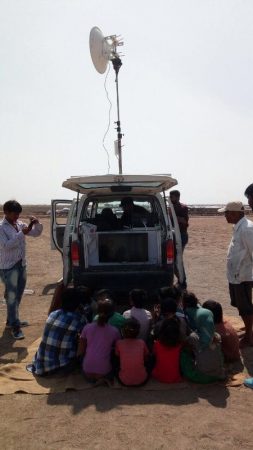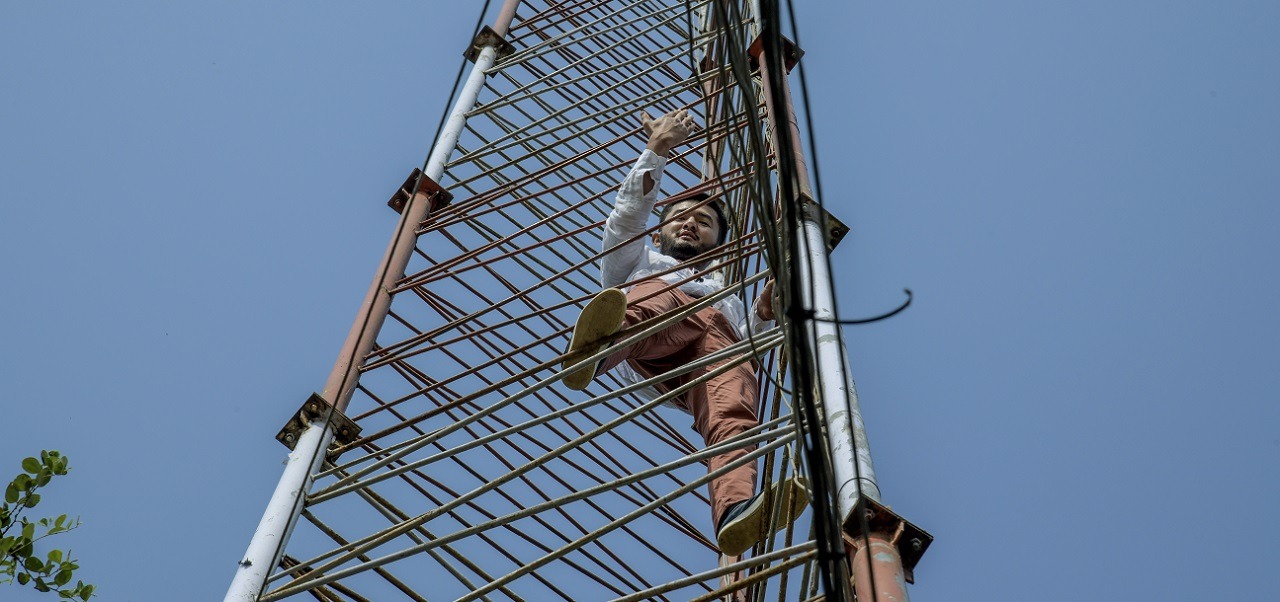Back in 2010, I conceptualised and started a pilot project to see how we could introduce Internet connectivity to unserved and underserved rural areas. The ICT4D community – along with a number of international organisations – had been talking about how getting people online could transform lives, but most of the solutions appeared to be either top-down or boiler-plated.
My idea was simple – work together with a local partner to find a rural location where getting people online could make a difference, ensure people from the community were trained to operate and maintain the network (rather than being dependent on outsiders), use cheap easy-to-find WiFi equipment (so if things break down, the nearest town would have spares), and then train the community, empowering them to create and use various digital services. Essentially, this was a network for the people, by the people.

Thus was born our award-winning Wireless For Communities (W4C) initiative. We have had a tremendous amount of success with the programme – having deployed and inspired literally hundreds of networks in South Asia and helped connect the most marginalised of communities. This has also become a global programme for the Internet Society – what is now our Community Networks initiative – with deployments in all corners of the world.
Having a network is one thing but knowing what to do with it is quite another. This is why with our projects in the Asia-Pacific the emphasis has always been on how the community can use the applications and services the Internet enables so that they can improve their socio-economic conditions.
Some say imitation is the sincerest form of flattery. And indeed, since our early work some 10 years ago, many others (including donor agencies) have got involved to support this form of complementary local access networks, and I take great satisfaction in seeing how that has developed over time.
Tomorrow, together with our partner UN ESCAP, we will host the Asia-Pacific Community Networks Summit as part of the Third Session of the Asia-Pacific Information Superhighway (AP-IS) Steering Committee Meeting.
This special summit will bring together various stakeholders to share their experiences and knowledge on community networks and explore how we can help improve the lives of people from our region. This work is in support of the AP-IS, a region-wide initiative endorsed by UN ESCAP member states, and in particular, the “Broadband for All” pillar of the AP-IS that looks into ways of promoting affordable access to underserved areas.
For me, it’s especially pleasing to see how something that started as a small pilot project 10 years ago has been able to connect the unconnected – and opened up a myriad of opportunities for socio-economic development for people all across the globe.
Learn how community networks can help close the digital divide.
Photo credit: Atul Loke/Panos Pictures for Internet Society

